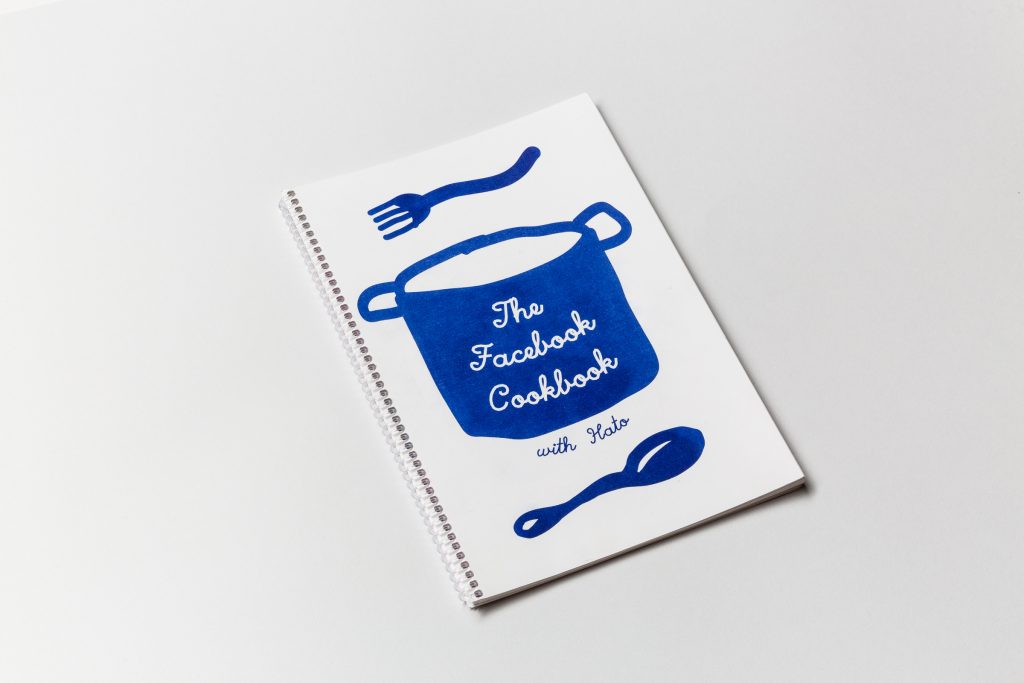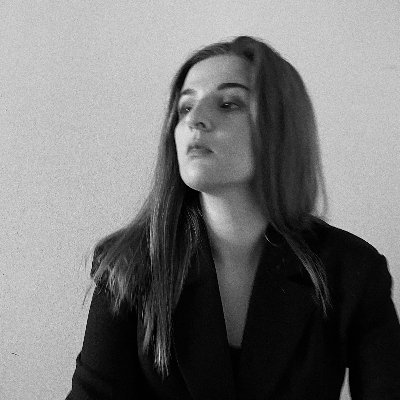By the end of this week you should be able to:
- Research and analyse approaches and strategies for working today and delivering creative services as a graphic designer;
- Imagine new models of practice that help you grow and develop throughout this course;
- Imagine what media and communication platforms could help support your potential new models of practice;
- Design and communicate a one minute elevator pitch outlining how you can work in new and more exciting collaborative ways;
- Manage your independent learning effectively.

“HATO is a multi disciplinary practice based in London and Hong Kong. Founded in 2009 our studio has over a decade of experience shaping contemporary design for the cultural sector.
We are a leading practice for community-centered design that actively connects and engages people. At HATO we believe that design involves each and every individual it touches. We create projects and processes that incorporate this in order to develop brand identities, digital platforms and interactive experiences.”
What struck me about this week’s first lecture was how involved HATO was in community engagement. They purchased a risograph printer and soon saw the commercial possibilities of its use. This enabled them to work with the community and create a community through a simple business model of design and print.
Through this model, they realised that they were learning from each other and creating unique pieces of design. This collective approach to design was then rolled out through their design studio where they would implement a similar process to work with communities, schools and businesses.
A great example of this is when they worked with a school in Liverpool to celebrate its Biennial.

“Hato organised a series of workshops that allowed the children to co-design a public bus. The workshops allowed the children to use a digital drawing tool which enabled them to create pictograms and letterforms.”
Hato & Childwall Academy: Hello Future Me from Liverpool Biennial on Vimeo.
By using this method of collaboaration and co-creation, Hato are able to engage with a culture of a place or business quickly. This learning process for both them and the client creates an outcome which is informed by both design thinkers and the culture of those living their story everyday.
Another example is their project with Facebook:

“Our project with Facebook is a good example: we developed a digital workshop app which allowed the employees to design their own communal recipe book using their own illustrations. The resulting recipe book becomes a tangible product of Facebook’s culture and reinforces the collaborative atmosphere of its workplace environment and they did that via playing with design!”
By working together, HATO and Facebook devised a workshop app that allowed for further collaboration. In the example used, they were able to create a communal recipe book.
Makes me wonder what Facebook went on to use this app for?
New Studio
New Studio refers to a group of designers who collectively push boundaries.

Rita (based in Lisbon) and Axel (based in Berlin) were both actually discovered by New Studio and asked if they wanted to work together under the guise of New Studio to push it forward.
This approach allows individuals to run their own practices, but, still allow them access to larger clients across the world, when they team up under one pseudonym.
As I designer isolated by geography, I found this method really interesting. My potential client list, at this very moment, is limited by my time, skills and ability to register on their radar as a potential designer. Maybe by collaborating with other professionals in other parts of the UK I could remedy this problem?
Currently, New Studio is made up of professionals from the USA, Greece and Lisbon. There are several benefits to this model but I do wonder if it adds to the homogeny of design? Looking at their work, it is difficult to pinpoint locality-based insights and a tone of voice. If I were a client and wanted to portray my story, would I choose a company that may produce something ‘generic’ or do I go hyper-local for the inherent understanding of the environment and world my company inhabits?
“…whilst there isan avenue to get new business through New Studio as an entity,it’s also a lot about allowing,likeyou say,each component of New Studio to be bigger than their local capabilities.There’s this global network supporting them that’smultidisciplinary,that each brings something to the table in terms of their specialism.And wherever possible it’s helping each other out so you can all grow individually and grow collectively.”
One person would struggle to provide all the services they offer. Instead of just outsourcing, why wouldn’t you involve people in a collaborative way in which you all benefit?
You don’t only gain their skills, but also their networks, experiences and cultural perspective.
Working globally maximises this potential in such an exciting way
Workshop Challenge
Based on some of the debates and discussions covered so far, outline a series of ideas that could help you to work in new and more exciting collaborative ways.
- What media and communication platforms could help support this? (This might be to help you collaborate with new design partners, introduce yourself to a new network or culture or area of investigation.)
- Present your ideas as a one-minute elevator pitch video (with the aim that you will develop one of those ideas further next week).
Idea
As a local government designer, I work completely within the constituency of Great Yarmouth. I know many people are doing the same job as me and yet, we never collaborate. Surely this needs to change?
What do you think?
I work for Great Yarmouth Borough Council and have a Junior Designer. If we don’t have the skills to complete a job, we have to start a lengthy tender process in which we ask for professionals to apply. But, what happens if the person you want to work with doesn’t see the role your advertising, they don’t have the time, or your just not aware of the best person for the job?
Luckily, the creative thinkers in local government are highly skilled, multi-disciplinary professionals with a far-reaching network of specialists who could help…. Unfortunately, this network is currently inhibited by borough, county or regional divisions. Sadly, I have never worked with local government creatives from another jurisdiction.
The Virtual Studio aims to cross these borders. It unites creatives in local government with a platform to share best practice, search for skills and provide the contacts of people who may be able to help you in nailing that brief.
For example, I recently completed a large hoarding design project. Lots of cross collaboration and skills were used to successfully implement the design. Currently, a local government designer in another county doesn’t know this even happened and when faced with their own hoarding design, may feel overwhelmed. The Virtual Studio solves this.
Heidi Baker Love this idea Gary. Could expand to designers working in the health service and other public sectors as well?
References
Berry, A., 2016. Hato joins forces with school kids to create a “space bus” | Design Week. [online] Design Week. Available at: <www.designweek.co.uk/issues/27-june-3-july-2016/hato-joins-forces-school-kids-create-space-bus/> [Accessed 19 August 2021].
Neilly, A., 2017. Hato on Studio Life and Risograph Printing – Shillington Design Blog. [online] Shillington Design Blog. Available at: <www.shillingtoneducation.com/blog/hato-studio-life-risograph-printing-industrytalks/> [Accessed 19 August 2021].
Newstudio.studio. n.d. About : New Studio. [online] Available at: <https://newstudio.studio/about/> [Accessed 19 August 2021].

Leave a Reply